[et_pb_section fb_built=”1″ _builder_version=”3.0.47″][et_pb_row _builder_version=”3.0.47″ background_size=”initial” background_position=”top_left” background_repeat=”repeat”][et_pb_column type=”4_4″ _builder_version=”3.0.47″][et_pb_text _builder_version=”3.0.105″]Most people understand how easy it is overeat junk food.
But what about healthy food, like the way we eat on the Code Red Lifestyle?
I’m talking meat, vegetables, nuts, eggs, seeds, and fat.
The truth is, you can overeat anything.
Eating Code Red-approved foods will get and keep you healthy. No question.
But when you overeat, even if it’s Code Red-approved foods, your weight loss can stall.
You may even gain weight.
Why?
Volume. As in, the quantity of food you eat.
Most people don’t need anywhere near the amount of food we’re led to believe we do in order to lose body fat, much less maintain our weight.
(Don’t even get me started on government dietary guidelines.)
You see, none of us are traipsing through the wilderness at a brisk walk or all-out run all day every day.
Yet we eat at the caloric levels of someone who does (and often way beyond it).
It’s no wonder we get and stay fat!
It’s important to note that when you eat a high-fat diet like the Code Red Lifestyle, you need less food to feel full and satisfied.
Foods like avocado, nuts, real butter, and seeds are calorie-dense (i.e. more calories per gram of food), meaning you won’t need to eat as much in order to feel full.
How may calories you actually need to lose weight varies from person to person.
It’s something I calculate for anyone who buys a custom Code Red nutrition program.
Calories matter in weight loss, though they are not the only factor (despite what we’re led to believe).
The quality of calorie comes first.
Then you look at the quantity.
If your calories are quality and you still can’t lose weight, you may have a volume problem.
[/et_pb_text][/et_pb_column][/et_pb_row][/et_pb_section]
